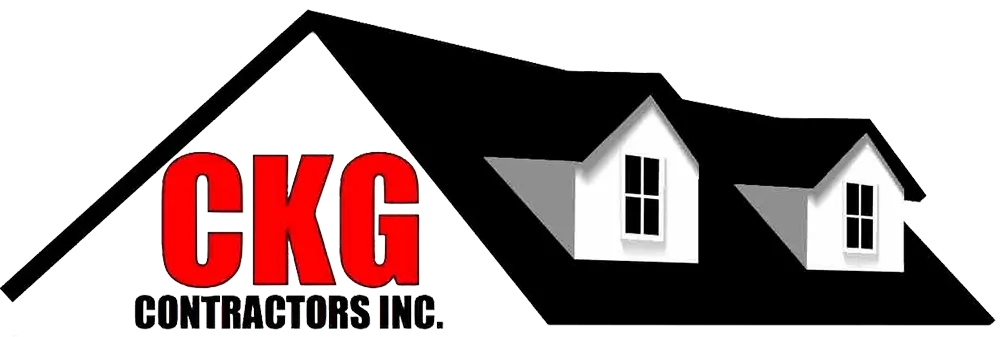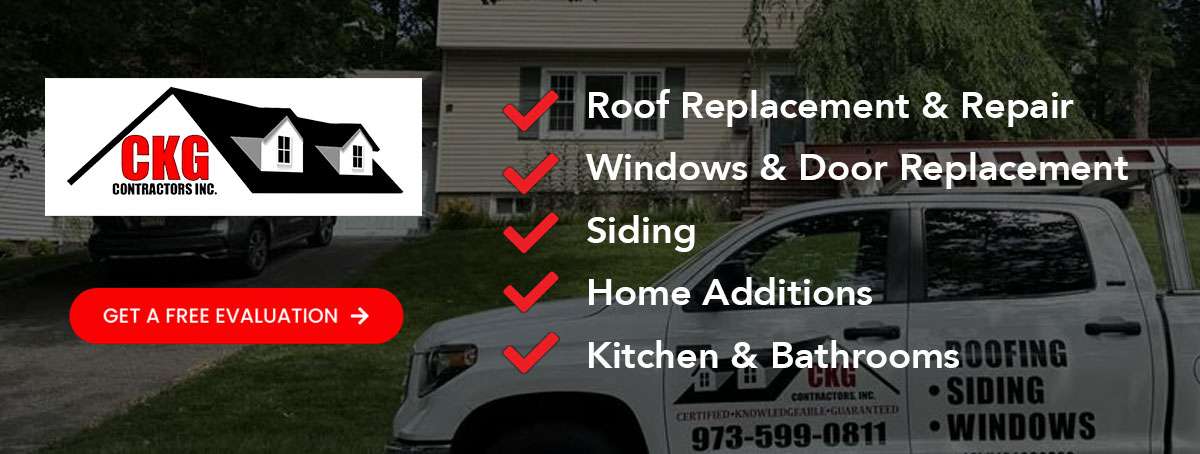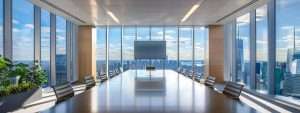Table Of Contents:
- What Are Energy-Efficient Roofing Materials and How Do They Reduce Energy Costs?
- How Can a Roofing Contractor Perform an Energy Audit to Identify Cost-Saving Opportunities?
- What Are the Steps Involved in Energy-Efficient Roof Installation by a Commercial Roofing Contractor?
- How Do Sustainable Roofing Solutions Contribute to Long-Term Energy Savings?
- How Much Can Commercial Roofing Energy Savings Impact Your Building’s Operating Costs?
- Why Choose a Commercial Roofing Contractor Specializing in Energy-Efficient Solutions?
- How Do Sustainable Roofing Solutions Contribute to Long-Term Energy Savings?
- How Much Can Commercial Roofing Energy Savings Impact Your Building’s Operating Costs?
- Why Choose a Commercial Roofing Contractor Specializing in Energy-Efficient Solutions?
- How Do Sustainable Roofing Solutions Contribute to Long-Term Energy Savings?
- How Much Can Commercial Roofing Energy Savings Impact Your Building’s Operating Costs?
- Why Choose a Commercial Roofing Contractor Specializing in Energy-Efficient Solutions?
What Are Energy-Efficient Roofing Materials and How Do They Reduce Energy Costs?
Energy-efficient roofing materials are systems engineered to limit heat gain in summer and minimize heat loss in winter, thereby easing the load on HVAC systems. These materials—such as cool roofs, green roofs, and reflective metal roofs—incorporate high solar reflectance, effective insulation, and sometimes renewable energy features. Cool roofs use reflective coatings to bounce much of the sun’s heat away, while green roofs employ a layer of vegetation over a waterproof membrane to provide natural insulation, stormwater management, and support storm damage repair. Metal roofs with reflective finishes help keep the roof surface cool, reducing the energy needed for air conditioning. Overall, these materials not only lower monthly energy bills but also enhance a building’s sustainability profile, contributing to improved market value and eligibility for green certifications.
Which Types of Energy-Efficient Roofing Materials Are Best for Commercial Buildings?
In commercial settings, optimal roofing materials must meet strict performance and durability criteria for heavy usage and severe weather. Key options include:
• Cool roofs: Coatings or membranes designed to reflect sunlight and reduce cooling costs. • Metal roofs: Often paired with reflective coatings, offering strong wind and water resistance while maintaining low heat absorption. • Green roofs: Incorporate soil and vegetation to provide insulation and reduce the urban heat island effect. • TPO/PVC membranes: Engineered for excellent insulation and thermal performance.
Contractors assess factors such as geographic location, roof design, and maintenance requirements to select the most cost-effective solution while ensuring durability and reduced reliance on cooling systems.
How Do Cool Roofs Reflect Heat to Save on Cooling Expenses?
Cool roofs are designed to reflect 70–90% of incoming solar energy using high-reflectance coatings and specialized materials. Their reflective pigments and thermal emittance properties keep roof temperatures significantly lower—often by 30–50°F compared to dark roofs—thereby reducing the heat load transferred indoors. This reduction decreases the need for air conditioning, especially in sunny climates, and results in lower annual cooling expenses. Regular inspections and maintenance help preserve their efficiency over time.
What Benefits Do Green Roofs Provide for Insulation and Energy Savings?
Green roofs enhance energy performance by providing natural insulation through layers of vegetation and soil. This multilayered system buffers the building from external temperature extremes and reduces solar heat gain in summer while retaining warmth in winter. In addition to lowering energy consumption, green roofs help mitigate the urban heat island effect and offer benefits like improved air quality and stormwater management. The extra insulation they provide can lead to energy savings of up to 10–20% while also extending the roof’s service life by protecting it from UV exposure and extreme weather.
How Can a Roofing Contractor Perform an Energy Audit to Identify Cost-Saving Opportunities?

A professional roofing contractor conducts a comprehensive energy audit to identify inefficiencies in a commercial roof system. This audit includes evaluating the thermal performance of the roof, inspecting insulation levels, identifying thermal bridges, and assessing the condition of waterproofing and drainage systems using tools like infrared thermography. The audit also reviews maintenance records and historical energy bills to establish a baseline and identify potential upgrades. The outcome is a customized proposal that details actionable steps and offers a roadmap for reducing energy consumption and lowering operating costs.
What Does a Commercial Roofing Energy Audit Include?
A typical energy audit involves: • Visual inspection for physical defects such as cracks or leaks. • Infrared thermography and moisture mapping to detect hidden insulation issues. • Evaluation of roofing materials for reflectance and insulation performance. • Review of maintenance records and historical energy bills. The audit report provides detailed recommendations and cost estimates, helping property owners understand the potential return on investment for suggested updates.
How Do Roofing System Assessments Pinpoint Energy Inefficiencies?
Roofing system assessments use both visual and technical evaluations to locate areas where energy is lost. Technicians perform thorough inspections—often with infrared cameras—to identify thermal bridges, air leaks, and insulation failures. These assessments may include blower door tests and pressure mapping to quantify air leakage. The resulting data allow contractors to prioritize repairs and quantify expected energy savings, ensuring that every aspect of the roof contributing to energy loss is addressed.
Why Is a Customized Energy Audit Important for Each Building?
No two buildings are alike; a one-size-fits-all energy audit may miss key issues. A customized audit considers the building’s unique design, roof slope, insulation configuration, and local climate. Tailoring the audit helps identify specific inefficiencies and develop a targeted upgrade plan that maximizes energy savings and minimizes unnecessary costs. This personalized approach is particularly beneficial for older properties with legacy roofing systems.
What Are the Steps Involved in Energy-Efficient Roof Installation by a Commercial Roofing Contractor?
The installation of an energy-efficient roof is a multi-step process: 1. Inspection and Energy Audit: Contractors assess current conditions and identify thermal inefficiencies. 2. Planning: A detailed plan is developed, including material selection and system design tailored to the building’s needs. 3. Preparation: Removal of deteriorated materials and necessary repairs ensure a stable base. 4. Upgrading Insulation: High-performance insulation materials are installed to reduce heat transfer. 5. Installation of Roofing Components: For cool roofs, reflective coatings or membranes are applied; green roofs receive waterproofing, insulation, growing media, and vegetation. 6. Integration and Quality Control: All components are ensured to work together seamlessly; inspections and tests verify performance. 7. Post-Installation Services: Ongoing energy performance assessments and maintenance schedules help sustain the savings.
This systematic approach ensures long-term energy savings and improved roof longevity.
How Is Roof Insulation Upgraded to Improve Thermal Performance?
Upgrading roof insulation involves replacing or supplementing existing materials with high R-value insulation (e.g., polyisocyanurate or mineral wool). Contractors first assess the current insulation and detect thermal bridging issues. The process includes removing deficient insulation, installing new materials without gaps, and sealing joints to prevent air leaks. Enhanced insulation leads to a more consistent indoor temperature, reduces the workload on HVAC systems, and can lower heating and cooling costs by 10–20%. This upgrade not only saves energy but also extends the roof’s life by reducing condensation and related damage.
What Materials and Techniques Are Used for Installing Cool Roofs?
Cool roof installation involves: • Preparing the roof by cleaning and repairing damage. • Applying a primer to ensure good adhesion. • Using high-reflectance coatings, light-colored shingles, or TPO membranes to reflect solar energy. • Employing precise application methods—such as spray application for even coverage and mechanically fastened systems for durability. This method reduces roof temperatures significantly, thereby lowering energy consumption for cooling while also extending the roof’s lifespan through reduced thermal stress.
How Do Contractors Ensure Proper Maintenance and Warranty for Energy-Efficient Roofs?
After installation, contractors set up routine maintenance and warranty programs which include: • Regular inspections and cleaning to maintain reflectivity and insulation. • Prompt repairs to address any deterioration or damage. • Documentation of maintenance activities to support warranty claims. • Technology-driven monitoring (e.g., infrared scanning) to detect early signs of inefficiency. These practices ensure that the roof continues to operate at peak energy-saving performance and that long-term warranties remain valid.
How Do Sustainable Roofing Solutions Contribute to Long-Term Energy Savings?
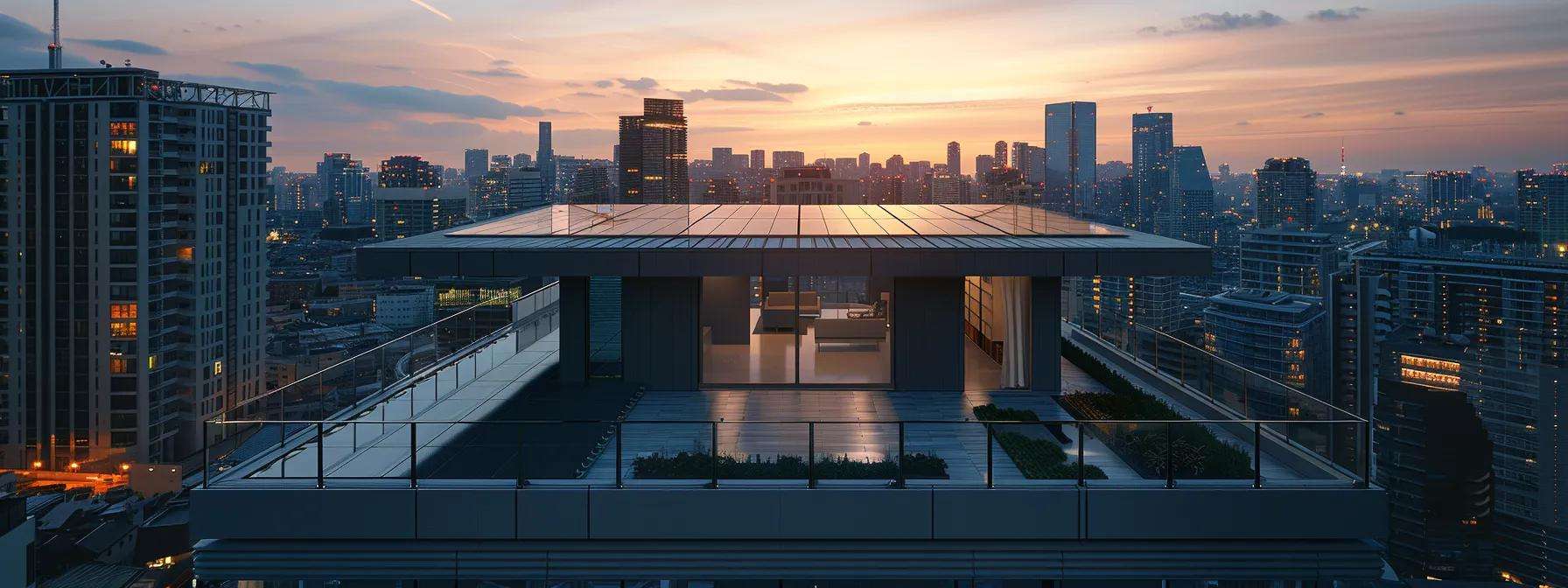
Sustainable roofing integrates eco-friendly materials and design strategies to provide enduring energy savings. These roofs use recyclable and durable materials, high-performance membranes, and renewable energy integrations, such as solar panels, to reduce reliance on external energy sources. They also improve insulation and lower the urban heat island effect, making buildings cooler in summer and warmer in winter. Furthermore, sustainable roofs are designed to withstand severe weather with minimal thermal expansion, leading to lower maintenance needs and longer service life. This holistic approach not only reduces utility bills but also enhances building performance and market value.
What Role Do Green Roofs Play in Reducing the Urban Heat Island Effect?
Green roofs significantly mitigate the urban heat island effect by utilizing vegetation and soil layers that absorb less heat than conventional roofs. These roofs lower ambient temperatures through evapotranspiration while providing natural insulation. As a result, buildings experience lower cooling loads during the summer and reduced heating needs in winter. In urban environments, where heat buildup is a common problem, green roofs also contribute to improved air quality and stormwater management. Their design helps create a more balanced microclimate, which benefits both individual buildings and the broader community.
How Do Sustainable Materials Improve Building Performance and Energy Efficiency?
Sustainable roofing materials—such as recycled metals, advanced polymers, and bio-based insulation—are designed to enhance thermal performance and durability. By offering superior insulation and reducing heat transfer, they lower the demand on HVAC systems, resulting in measurable energy savings. Additionally, these materials often have a lower environmental impact during production and a longer lifespan, reducing the frequency of repairs and replacements. Sustainable materials can improve a building’s overall performance and contribute to green certifications, which boost market value and appeal to eco-conscious tenants.
What Are the Environmental and Financial Advantages of Choosing Sustainable Roofing?
Choosing sustainable roofing delivers important environmental and financial benefits. Environmentally, it reduces carbon emissions, lessens the urban heat island effect, and improves air quality by lowering energy consumption. Financially, sustainable roofs typically cut energy bills by 10–20% annually, reduce maintenance costs, and may qualify for tax incentives or rebates. The extended lifespan and enhanced durability of these systems further improve their return on investment, making them a smart choice for long-term asset value and operational efficiency.
How Much Can Commercial Roofing Energy Savings Impact Your Building’s Operating Costs?
Energy-efficient roofing can reduce operating costs significantly by lowering both heating and cooling expenses. Upgrades in reflective coatings, insulation, and sustainable roofing materials may lower annual energy consumption by 10–20% or more. For large facilities, even modest improvements can save tens of thousands of dollars per year. Additionally, improved thermal control enhances occupant comfort and productivity. Property managers use detailed models and case studies to estimate these savings, often showing a rapid payback period.
This table highlights that energy-efficient roofing upgrades lead to substantial financial benefits, making them an attractive investment by improving operational efficiency and reducing utility expenses.
How Does Improved Roof Insulation Lower Heating and Cooling Expenses?
Improved insulation creates a robust thermal barrier that minimizes heat transfer in both summer and winter. By eliminating drafts and reducing thermal bridging, upgraded insulation ensures steady indoor temperatures, which in turn decreases the load on heating and cooling systems. Studies have shown that such insulation improvements can lower energy costs by up to 15–20% annually. Consistent indoor temperatures reduce HVAC usage and extend equipment lifespan while contributing to higher overall building efficiency and comfort.
What Case Studies or Examples Demonstrate Cost Savings From Energy-Efficient Roofing?
Real-world examples underscore the benefits of energy-efficient roofing: • A commercial office building employing a cool roof system saw a 15% reduction in cooling expenses within three years. • A manufacturing facility with a green roof and enhanced insulation achieved nearly 20% overall energy savings, offsetting its initial investment through lower utility bills and extended roof life. • A hotel upgraded with a reflective metal roof and cool roof coating reduced its monthly energy bills by over 12%, enhancing guest comfort and operational savings.
Such case studies confirm that strategic investments in advanced roofing materials and proper installation lead to measurable reductions in operating costs.
Why Choose a Commercial Roofing Contractor Specializing in Energy-Efficient Solutions?

Specialized commercial roofing contractors bring expertise that is essential for maximizing energy savings. Their in-depth knowledge of energy audits, material selection, and installation techniques ensures that every component—from reflective coatings and insulation to green roof systems—is optimized for performance. They are familiar with regulatory standards and sustainability certifications, which further enhance a building’s market value and reliability. Additionally, these experts provide tailored maintenance and warranty programs that protect the investment over the long term, reducing future repair costs and ensuring continuous energy efficiency.
What Expertise Should You Look for in an Energy-Efficient Roofing Contractor?
When selecting an energy-efficient roofing contractor, consider their: • Proven track record in conducting comprehensive energy audits and successful roofing installations. • Expertise in advanced technologies for cool roofs, green roofs, and insulation upgrades. • Certifications from reputable industry organizations and favorable Better Business Bureau ratings. • Ability to integrate complementary systems such as HVAC improvements. • Commitment to ongoing maintenance and warranty services. Such qualifications ensure that the contractor can deliver tailored solutions that maximize energy savings and support long-term building performance.
How Does Customization of Roofing Solutions Maximize Energy Savings?
Customization is key to effective energy management because every commercial building has unique characteristics. By tailoring roofing solutions to a building’s specific design, climate, and usage patterns, contractors can address distinct challenges such as thermal bridging or inadequate insulation. Personalized solutions often combine cool roof coatings, high-performance insulation, and green roof elements to create synergy in energy conservation. This targeted approach results in better indoor climate control, reduced energy costs, and enhanced overall performance, ensuring that each building achieves the maximum possible savings.
What Warranty and Maintenance Programs Support Long-Term Energy Efficiency?
Robust warranty and maintenance programs are essential for sustaining energy efficiency over time. Contractors typically offer warranties covering both materials and workmanship—often for 10–20 years—paired with proactive maintenance schedules. Regular inspections, cleaning, and reapplication of reflective coatings help preserve a roof’s thermal performance. In addition, some programs include performance guarantees and emergency response services to address any emerging issues promptly. Such comprehensive service plans ensure that roofing investments continue to deliver energy savings and remain reliable for many years.
How Do Sustainable Roofing Solutions Contribute to Long-Term Energy Savings?
Sustainable roofing solutions integrate eco-friendly materials and advanced design strategies to deliver lasting energy savings. By incorporating renewable energy components such as solar panels, using recyclable and durable materials, and optimizing insulation, these roofs lower overall energy consumption. They also mitigate the urban heat island effect, further decreasing cooling needs during hot weather. The long lifespan and reduced maintenance requirements of sustainable roofing systems add to their cost-effectiveness, making them a prudent investment for both environmental and financial reasons.
What Role Do Green Roofs Play in Reducing the Urban Heat Island Effect?
Green roofs help combat the urban heat island effect by utilizing vegetation and soil, which naturally cool the roof through evapotranspiration. This process not only lowers the temperature of the roof surface—often by 10–20°F—but also improves overall air quality and reduces the need for mechanical cooling. In metropolitan areas, green roofs create a more balanced microclimate, enhancing both energy efficiency and environmental quality while providing additional benefits such as improved stormwater management and increased urban biodiversity.
How Do Sustainable Materials Improve Building Performance and Energy Efficiency?
Sustainable materials, including recycled metals, advanced polymers, and bio-based insulation, are engineered to deliver excellent thermal performance while withstanding harsh weather conditions. Their superior insulation capabilities reduce energy demand for heating and cooling, and their durability minimizes maintenance needs. By lowering heat transfer and operating costs, these materials contribute significantly to a building’s overall performance. Moreover, their use can help a property earn green certifications, boosting market value and appeal among environmentally conscious tenants.
What Are the Environmental and Financial Advantages of Choosing Sustainable Roofing?
Sustainable roofing offers a dual advantage. Environmentally, it reduces energy consumption and greenhouse gas emissions, mitigates the urban heat island effect, and enhances air quality. Financially, it leads to lower utility bills, reduced maintenance costs, and potential eligibility for rebates and tax incentives. With energy cost savings typically ranging from 10–20% annually and a longer useful life, sustainable roofing improves a building’s operational efficiency and market value, making it a smart long-term investment.
How Much Can Commercial Roofing Energy Savings Impact Your Building’s Operating Costs?
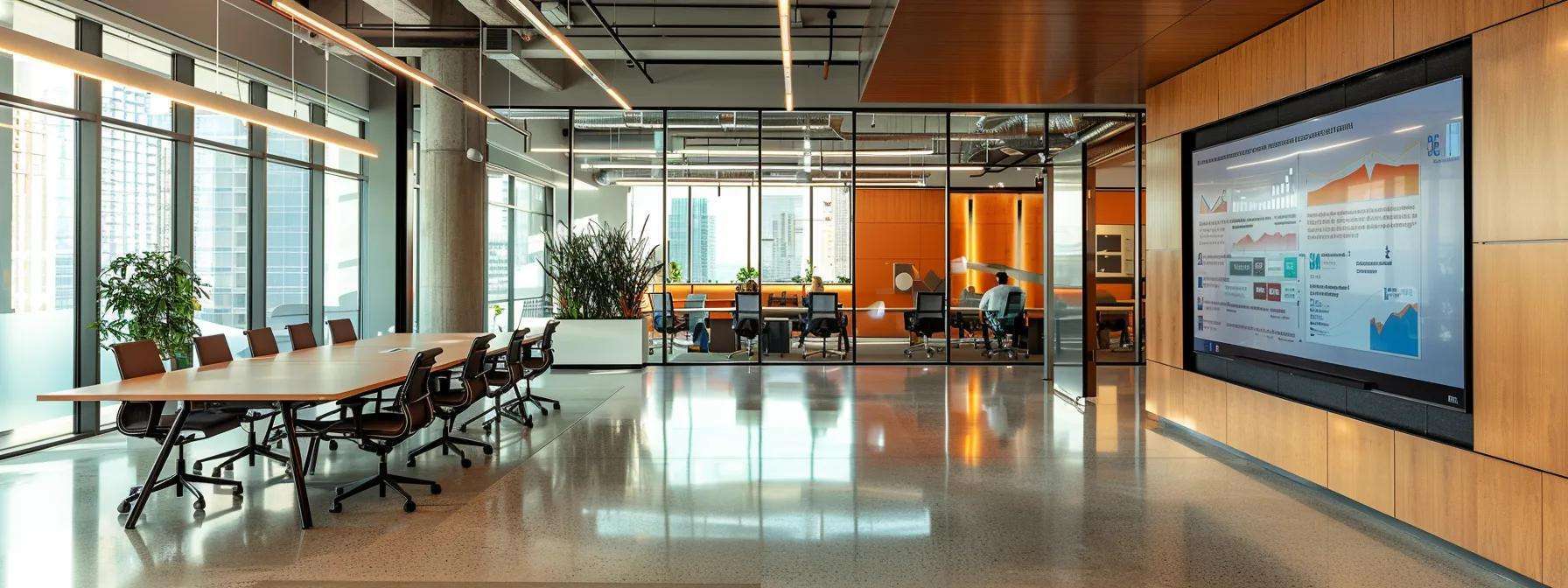
Energy-efficient roofing can reduce operating costs substantially by lowering both heating and cooling expenses. Studies and case analyses indicate savings as high as 10–20% in annual energy bills. For example, a building with significant HVAC usage might cut energy expenses by tens of thousands of dollars each year after upgrading to reflective cool roofs or enhancing insulation. Improved indoor temperature stability also fosters occupant comfort and productivity, indirectly contributing to overall financial performance. Detailed financial models and comparative studies help property managers estimate these savings accurately.
This data reinforces the value of investing in energy-efficient roofing by highlighting the substantial operational and financial benefits that can be realized.
How Does Improved Roof Insulation Lower Heating and Cooling Expenses?
Enhanced roof insulation creates an effective thermal barrier that maintains interior temperatures. By using materials with high R-values and eliminating gaps and thermal bridges, upgraded insulation minimizes heat loss in winter and heat gain in summer. This not only reduces HVAC usage but also improves overall comfort, leading to energy savings that can reach 15–20% annually.
What Case Studies or Examples Demonstrate Cost Savings From Energy-Efficient Roofing?
Various case studies demonstrate the effectiveness of energy-efficient roofing: • A commercial office building upgraded with a cool roof experienced a 15% reduction in cooling costs, with energy savings quickly offsetting initial expenses. • A manufacturing facility installed a green roof with enhanced insulation, achieving nearly 20% energy savings and benefiting from a longer roof lifespan. • A hotel that adopted a reflective metal roof and cool roof coating reduced its monthly energy bills by over 12%, improving guest comfort and operational efficiency.
These examples highlight how strategic roofing improvements lead to significant reductions in operating costs and long-term energy savings.
Why Choose a Commercial Roofing Contractor Specializing in Energy-Efficient Solutions?
Specialized commercial roofing contractors are essential for maximizing energy savings. Their advanced expertise in conducting targeted energy audits, selecting optimal materials, and executing precise installations ensures that roofing systems perform at their peak over the long term. They also offer tailored maintenance and warranty programs that safeguard the investment by addressing any issues promptly. This specialized approach minimizes future repair costs and enhances overall operational efficiency, making it a key factor in long-term energy and financial performance.
What Expertise Should You Look for in an Energy-Efficient Roofing Contractor?
Look for contractors with: • A proven track record in performing comprehensive energy audits and installing energy-efficient roofs. • Expertise in using advanced materials for cool roofs, green roofs, and insulation upgrades. • Relevant certifications from reputable industry organizations and strong Better Business Bureau ratings. • Experience in integrating roofing systems with HVAC and other complementary building technologies. • Commitment to providing robust warranty and maintenance programs.
These factors ensure that the contractor can deliver customized, cost-effective solutions that maximize energy savings and improve building performance.
How Does Customization of Roofing Solutions Maximize Energy Savings?
Customizing roofing solutions tailors the system to the building’s specific climate, design, and usage needs. By addressing issues such as localized thermal bridges or insufficient insulation, a personalized roofing system can significantly improve energy efficiency. Combining techniques like cool roof coatings, high-performance insulation, and green roof elements creates a synergistic effect that reduces both heating and cooling loads. This focused approach results in measurable energy savings, enhanced indoor comfort, and a faster return on investment.
What Warranty and Maintenance Programs Support Long-Term Energy Efficiency?
Long-term energy savings depend on regular upkeep. Contractors offer warranty packages that typically extend 10–20 years and include comprehensive maintenance services. Regular inspections, cleaning, and timely repairs ensure that the roof’s energy performance remains high. Advanced monitoring techniques, such as infrared scanning, help detect issues early, preventing costly repairs. Such proactive maintenance, supported by strong warranties, protects your investment and ensures sustained energy efficiency over the roof’s service life.
How Do Sustainable Roofing Solutions Contribute to Long-Term Energy Savings?

Sustainable roofing solutions use eco-friendly materials and innovative design strategies to achieve long-term energy savings. They incorporate features like high solar reflectance, superior insulation, and renewable energy integrations to reduce overall energy consumption. In addition to lowering energy costs, sustainable roofs are built to endure harsh weather with minimal thermal expansion, reducing maintenance needs. This approach not only decreases utility bills but also improves building performance and market value over time.
What Role Do Green Roofs Play in Reducing the Urban Heat Island Effect?
Green roofs play a vital role in reducing the urban heat island effect by using vegetation to cool the roof and surrounding air naturally. This cooling, achieved via evapotranspiration, helps lower the rooftop temperature by 10–20°F relative to conventional roofs. In turn, the building experiences reduced cooling loads, leading to lower energy consumption. Green roofs also enhance stormwater management and air quality, creating a more sustainable urban environment.
How Do Sustainable Materials Improve Building Performance and Energy Efficiency?
Sustainable materials, such as recycled metals and bio-based insulation, improve building performance by offering high thermal resistance and durability. Their advanced properties reduce the demand on heating and cooling systems, leading to significant energy savings. Furthermore, these materials have a lower environmental impact over their lifecycle, decrease maintenance frequency, and can contribute to green certifications—boosting both building efficiency and market value.
What Are the Environmental and Financial Advantages of Choosing Sustainable Roofing?
Sustainable roofing reduces greenhouse gas emissions and lessens the urban heat island effect, which improves air quality and decreases energy needs. Financially, it can lower utility bills by 10–20% annually, reduce maintenance expenses, and may qualify for tax incentives and rebates. The combination of these benefits results in a robust return on investment, enhanced asset value, and a competitive edge in the marketplace.
How Much Can Commercial Roofing Energy Savings Impact Your Building’s Operating Costs?
Energy-efficient roofing upgrades can substantially reduce operating costs by lowering the demand on climate control systems. Real-world data suggest that such systems can decrease annual energy consumption by 10–20% or more, resulting in significant cost savings. Improved thermal control also enhances occupant comfort, which can lead to increased productivity and further economic benefits. Detailed financial models and case studies provide property owners with clear projections of these savings, often demonstrating a favorable payback period for the investment.
This table reinforces that investing in energy-efficient roofing systems is not only environmentally responsible but also economically beneficial.
How Does Improved Roof Insulation Lower Heating and Cooling Expenses?
Enhanced insulation reduces the transfer of heat across the building envelope. By installing high R-value materials and sealing gaps, insulation minimizes both heat loss in winter and heat gain in summer. This consistent internal temperature reduces reliance on HVAC systems, resulting in lower energy consumption and cost savings of up to 15–20% annually.
What Case Studies or Examples Demonstrate Cost Savings From Energy-Efficient Roofing?
Case studies have shown: • A commercial office building with a cool roof reduced cooling expenses by 15% within three years. • A manufacturing facility installing a green roof combined with insulation upgrades reported nearly 20% total energy savings. • A hotel using a reflective metal roof and cool roof coating saw its monthly energy bills drop over 12%, boosting guest comfort and lowering overall costs.
These examples confirm that strategic roofing improvements lead to significant energy and cost savings.
Why Choose a Commercial Roofing Contractor Specializing in Energy-Efficient Solutions?

Commercial roofing contractors with specialized expertise in energy-efficient solutions are essential for optimizing roofing performance. They possess the necessary skills to conduct detailed energy audits, select the best materials, and implement precise installation techniques. Their knowledge ensures compliance with sustainability standards and helps secure long-term warranties and maintenance services that protect your investment. This expertise minimizes future repair costs and maximizes energy savings.
What Expertise Should You Look for in an Energy-Efficient Roofing Contractor?
Key qualifications include: • A strong track record in energy audits and successful roofing projects. • Expertise in cool roof, green roof, and insulation technologies. • Relevant industry certifications and high customer satisfaction ratings. • Experience with integrated systems and providing extensive maintenance support.
These attributes ensure you receive a tailored solution that meets your building’s specific needs and achieves maximum energy efficiency.
How Does Customization of Roofing Solutions Maximize Energy Savings?
Customization allows contractors to adapt roofing solutions to the unique challenges of each building. By analyzing specific architectural features, local climate conditions, and current insulation issues, a tailored solution—combining reflective coatings, optimized insulation, and green roof elements—can be designed to reduce heat gains and losses. This approach results in improved indoor comfort, lower energy bills, and a faster return on investment.
What Warranty and Maintenance Programs Support Long-Term Energy Efficiency?
Comprehensive warranty and maintenance programs are crucial. They typically include: • Warranties covering materials and workmanship for up to 20 years. • Regular scheduled inspections and cleaning to maintain system performance. • Prompt repairs and reapplication of coatings as needed. • Modern monitoring techniques to catch early signs of deterioration. These programs protect your investment by ensuring that the roof continues to operate efficiently over its entire lifespan.
